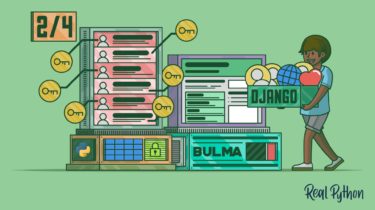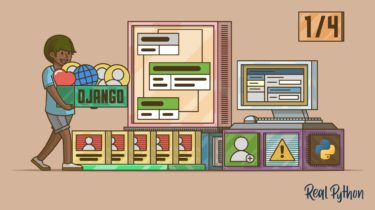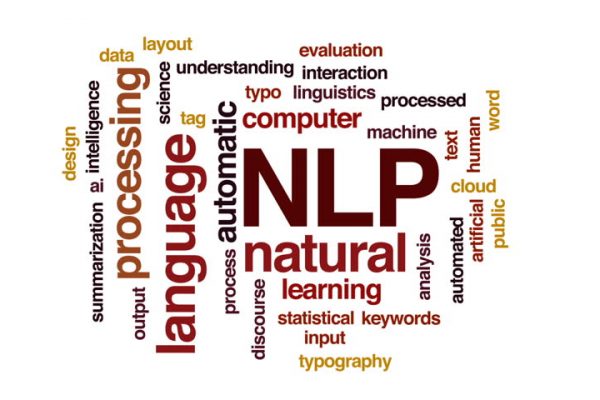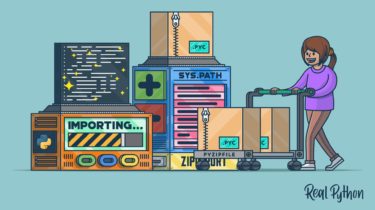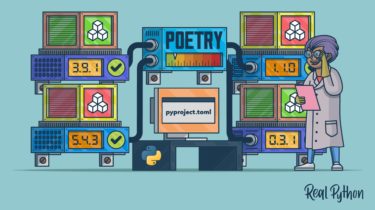Build a Django Front End With Bulma – Part 2
In this four-part tutorial series, you’re building a social network with Django that you can showcase in your portfolio. This project will strengthen your understanding of relationships between Django models and show you how to use forms so that users can interact with your app and with each other. You’ll also make your Django front end look good by using the Bulma CSS framework. In the first part, you extended the Django User model to add profile information that allows […]
Read more